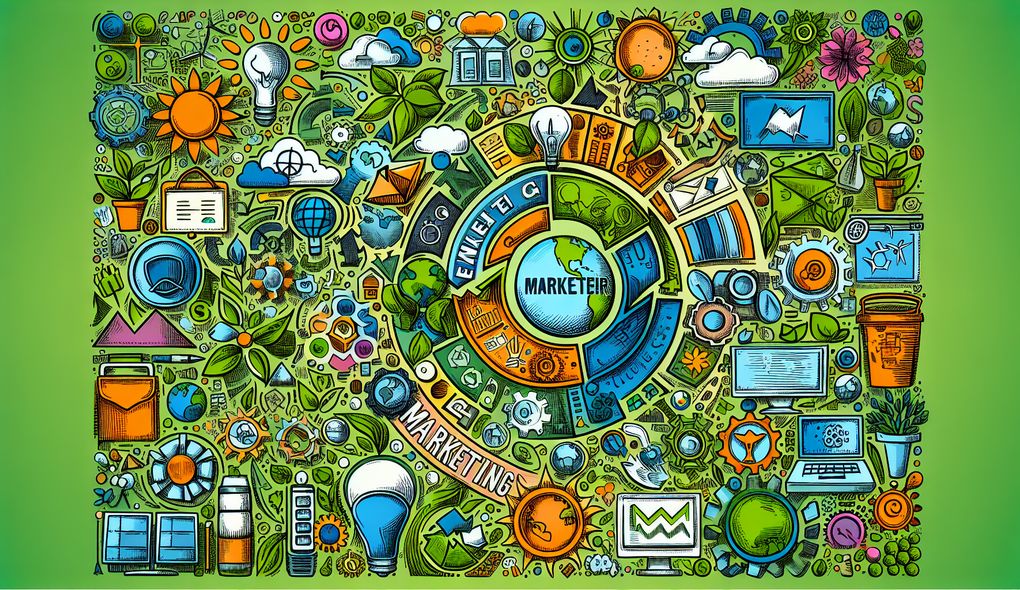Describe a situation where you had to effectively communicate complex environmental concepts to a non-technical audience. How did you ensure understanding and engagement?
SENIOR LEVEL

Sample answer to the question:
In my previous role as a Marketing Manager for an environmental consulting company, I was tasked with explaining the concept of carbon footprint to a group of local business owners who had little to no technical knowledge. To ensure understanding and engagement, I decided to use a storytelling approach. I started by explaining the environmental impact of their businesses in a relatable and personal way. Then, I compared their carbon emissions to everyday objects and activities they were familiar with, such as driving a car or using household appliances. I also provided tangible examples of how they could reduce their carbon footprint, such as implementing energy-saving practices or switching to renewable energy sources. I made sure to use simple and concise language, avoiding technical jargon. Additionally, I used visual aids like graphs and charts to help illustrate the concepts. By the end of the presentation, the audience had a clear understanding of carbon footprint and were motivated to take action.
Here is a more solid answer:
In a previous role as a Marketing Manager for an environmental consulting company, I was tasked with explaining the concept of carbon footprint to a group of local business owners who had little to no technical knowledge. To ensure understanding and engagement, I employed several strategies. First, I conducted extensive research on the audience to understand their background and knowledge level. This allowed me to tailor my presentation to their specific needs and interests. I started by using relatable examples and analogies to make the concept more accessible. For instance, I compared their carbon emissions to everyday activities like driving or using household appliances. I also used visual aids such as graphs and charts to help illustrate the concepts. Additionally, I broke down complex information into simple, bite-sized pieces and encouraged audience participation through question and answer sessions. I ensured that my language was clear and concise, avoiding technical jargon. By the end of the presentation, the audience not only had a clear understanding of carbon footprint, but they were also motivated to take action and implement sustainable practices.
Why is this a more solid answer?
The solid answer provides more specific details about the strategies and tactics used to effectively communicate complex environmental concepts. It emphasizes the importance of audience research and tailoring the presentation to meet their specific needs. It also mentions the use of visual aids, breaking down complex information, and encouraging audience participation. However, it can still be improved by providing more tangible examples of how the candidate ensured engagement and measuring the effectiveness of their communication.
An example of a exceptional answer:
In a previous role as a Marketing Manager for an environmental consulting company, I was tasked with explaining the concept of carbon footprint to a group of local business owners who had little to no technical knowledge. To ensure understanding and engagement, I employed a comprehensive approach. Firstly, I conducted thorough research on the target audience, gathering information about their industries, business practices, and knowledge gaps. This allowed me to develop an impactful and tailored presentation. I started by highlighting the relevance of carbon footprint to their specific businesses, discussing industry trends and consumer preferences towards sustainability. I then introduced relatable examples and case studies, showcasing how other businesses in their sector successfully reduced their carbon footprint and realized cost savings. To enhance understanding, I incorporated interactive elements such as quizzes and real-time polling. I also created a post-presentation survey to gather feedback and measure comprehension. In addition to visual aids, I utilized storytelling techniques to captivate the audience and make the complex concepts more relatable. By sharing success stories and emphasizing the positive impact of sustainable practices, I was able to inspire and engage the audience. The result was not only a clear understanding of carbon footprint, but also the motivation to adopt sustainable practices and explore opportunities for collaboration.
Why is this an exceptional answer?
The exceptional answer offers a comprehensive and well-rounded approach to effectively communicating complex environmental concepts to a non-technical audience. It highlights the importance of thorough audience research, tailored messaging, and incorporating interactive elements to enhance understanding and engagement. The candidate also mentions the use of storytelling techniques and sharing success stories to captivate the audience. Furthermore, the inclusion of post-presentation surveys and measuring comprehension demonstrates the candidate's commitment to continuous improvement and effectiveness. The answer showcases a deep understanding of the target audience's needs and motivations and effectively conveys the importance of sustainable practices.
How to prepare for this question:
- 1. Research the target audience: Understand their background, knowledge level, and industry-specific challenges to tailor your messaging effectively.
- 2. Use relatable examples and analogies: Make the complex concepts more accessible by comparing them to familiar everyday activities or objects.
- 3. Incorporate visual aids: Utilize graphs, charts, and other visual elements to help illustrate the concepts and enhance understanding.
- 4. Break down complex information: Present the information in simple, bite-sized pieces to help the audience grasp the concepts more easily.
- 5. Encourage audience participation: Engage the audience through question and answer sessions, interactive elements, and real-time polling.
- 6. Measure effectiveness and seek feedback: Use post-presentation surveys or other evaluation methods to gauge comprehension and gather feedback for improvement.
- 7. Share success stories: Use storytelling techniques to captivate the audience and showcase real-world examples of how sustainable practices have made a positive impact.
What are interviewers evaluating with this question?
- Communication Skills
- Ability to Simplify Complex Concepts
- Engagement
- Creativity

